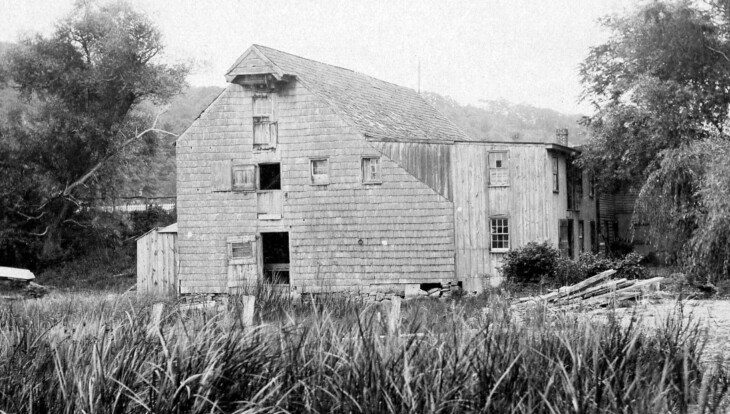
By Darren St. George, Roslyn Landmark Society
A society is judged by the way it remembers its past. The voices of bygone eras may fade, but their stories and structures inform future generations of what once was and what can be.
The Lower East Side Tenement Museum illustrates how the lives of 15,000 immigrants from 1863 shaped the culture of Manhattan and greater New York.
Since 1817, Arlington National Cemetery has memorialized America’s greatest luminaries, emancipated men and women, and veterans. The restoration of the Roslyn Grist Mill, originally built between 1715-1741, is as much a reflection of 21st-century values as it is a lesson in 18th-century culture.
The Roslyn Grist Mill is a rare surviving example of New World Industrial Dutch architecture built in the mid-18th century. The Mill is proudly listed on the National Register of Historic Places for its essential contribution to the economic and cultural development of Long Island as well as the Nation for over 150 years.
Located in the heart of Roslyn on Old Northern Boulevard, the Mill stands as a tangible reminder of our heritage and determination employed to build this country. As the first commercial building in the community, the water wheel turned for years and watched as the beautiful Village of Roslyn grew and expanded. Roslyn prospered as a community thanks to the Mill’s industrial influence as an economic center of trade and commerce.
Restoring the Mill is not just about preserving a building, it is about preserving our history, our culture, and our values. It is about showing future generations that we care about our past and we are committed to protecting it.
The Roslyn Grist Mill is one of the few remaining grist mills in the New York metropolitan area and has tremendous educational value. The Mill will teach students about the history of milling, the role that grist mills played in the development of the United States, and the importance of preserving historical resources. Additionally, this cultural landmark will once again become a popular tourist destination and a symbol of the history and culture of the Village of Roslyn.
Did you know, on April 24, 1790, the owner of the Grist Mill Hendrick Onderdonk was visited by President George Washington in his Roslyn residence adjoining the Mill. Washington even referred to the Mill in his personal diary.
From 1920 to 1974, the Roslyn Grist Mill building served as a tea house and tourist destination. In 1976, ownership was transferred to Nassau County and restoration plans were made.
Thanks to the efforts of New York State, Nassau County, Gerry Charitable Trust, Howard and Roz Kroplick, Robert David Lion Gardiner Foundation, a descendant of the Robinson family (who built the first grist mill on the site in 1701) and members and sponsors of the Roslyn Landmark Society, the restored Mill is scheduled to open by the end of 2024, the 125th anniversary of the founding of Nassau County.
The Roslyn Grist Mill is an indelible piece of history, and restoring it is a way to honor our heritage and will show future generations that we value our past.
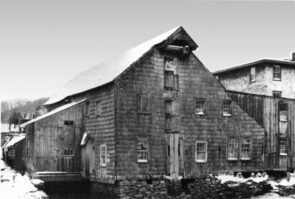
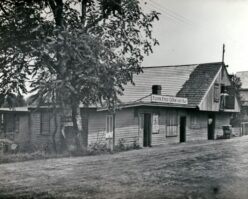

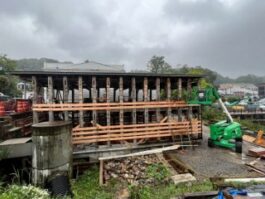

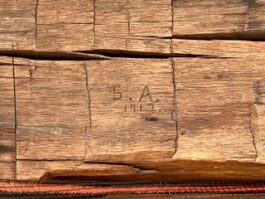
All photos provided by the Roslyn Historical Society.






